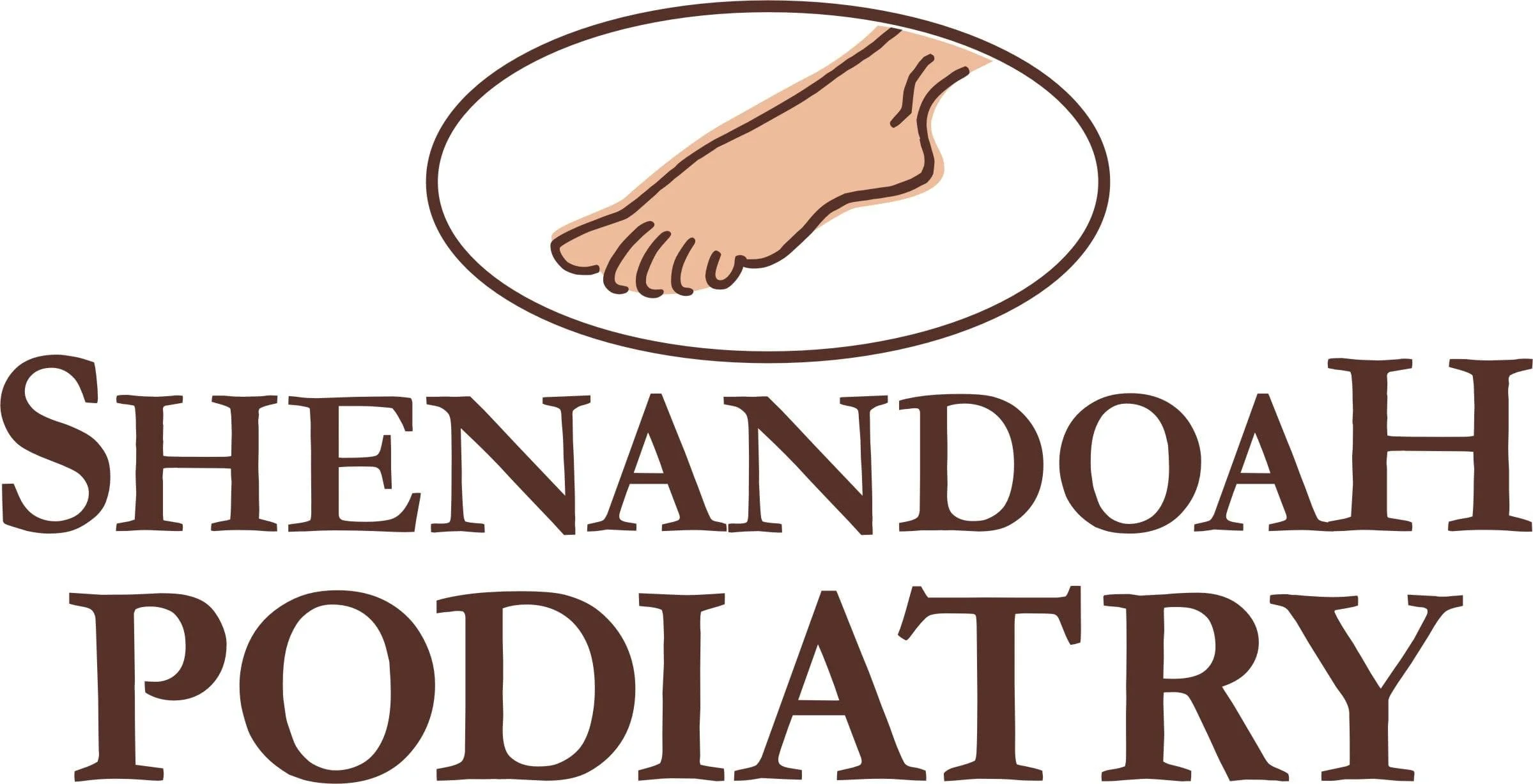If you spend time at the zoo with your kids, you’ll likely notice that the pigeons walk with their feet turned inward, and the penguins with their feet angled out. Sometimes children walk in a similar fashion. If their toes face in, it’s called in-toeing, coincidently also known as pigeon toes. When feet angle out it’s called out-toeing. This may be upsetting to parents at first, but usually it is no cause to worry. Kids who toe-in or -out typically learn to run, jump, and play the same as kids whose feet face forward. In other words, if your kids have either of these conditions, usually, it’s no harm, no fowl (foul).
Reasons for Rotation
For most toddlers, feet are angled abnormally because of a slight twist or rotation in their upper or lower leg bones. Most common is tibial torsion—a twist in the tibia, which is the large bone in the lower leg. Femoral anteversion refers to a rotation of the femur, or thigh bone. In-toeing and out-toeing can also occur due to a curvature of the foot. None of these are painful, and typically improve with age, although not always. Causes are unclear, but it is believed that genetics play a part, and possibly a cramped position in the womb.
Taking it in Stride
Typically in-toeing and out-toeing become evident when your child begins to walk. Those first steps are pretty shaky! However, as little ones on the go gain experience walking, they will learn to control their muscles and position of their feet. In the majority of cases, as kids get older and become expert walkers, their bones will gradually rotate to a normal angle. If you do not see improvement by age 3, though, it is a good idea to visit Shenandoah Podiatry so that we can assess your child’s feet, determine the severity of the problem, and rule out any possible underlying conditions that may need to be addressed.
Next Steps
In the past, special shoes and braces were thought to help quicken the process of the bones returning to a normal angle. However, it’s been found that these do not make an impact as was once believed. In rare cases, surgery can be performed, but most of the time no treatment is necessary. In-toeing and out-toeing typically resolve on their own, and even if they do not, they pose no limitations for kids’ involvement in activities and sports. Only if your child experiences pain should treatment be sought. Even then, the problem can usually be addressed with simple footwear changes and orthotics.
If you have noticed your child is in-toeing or out-toeing and are concerned, just give us a call. Dr. Jennifer Keller will be happy to assess your child’s feet and ease your mind. Dial (540) 904-1458 for our Roanoke, VA office. At Shenandoah Podiatry, you can rest assured that we will take you under our wing and keep your family’s feet safe and healthy.
